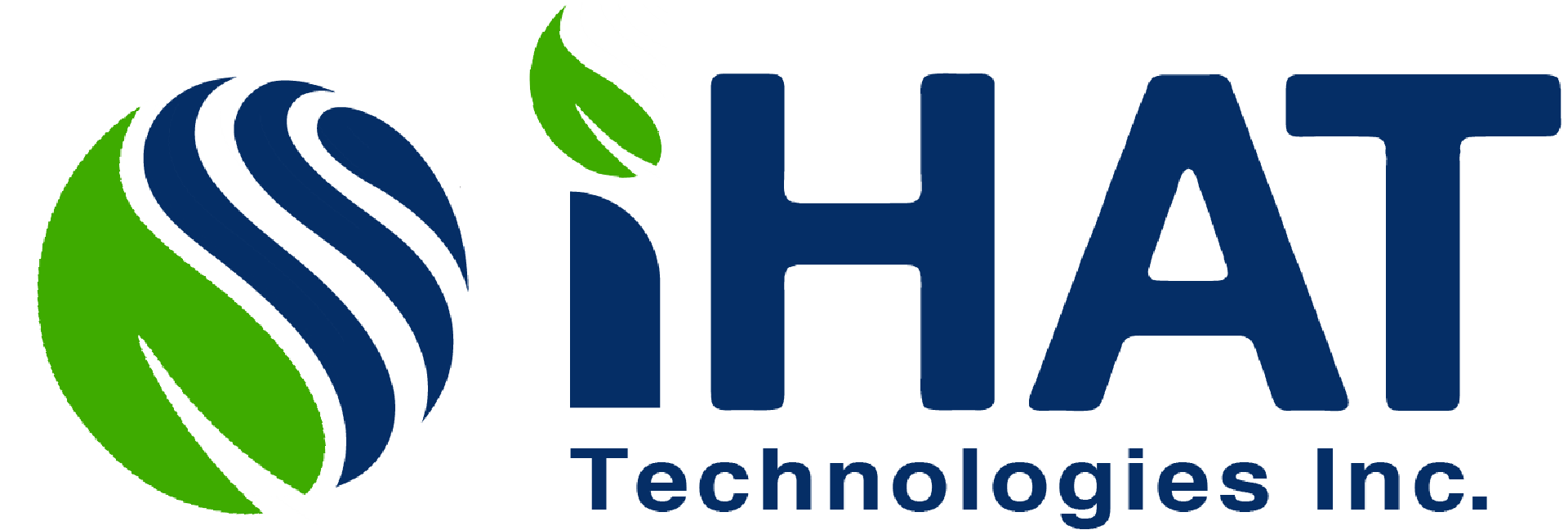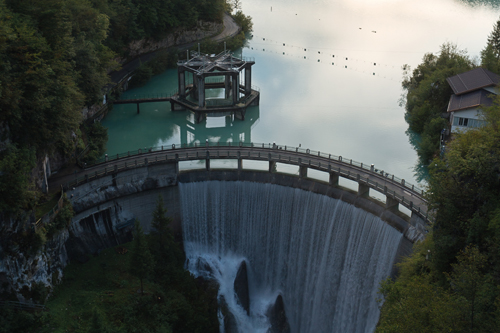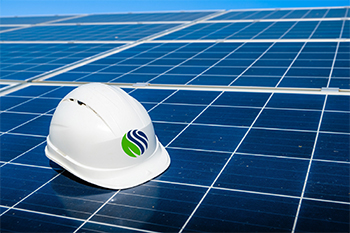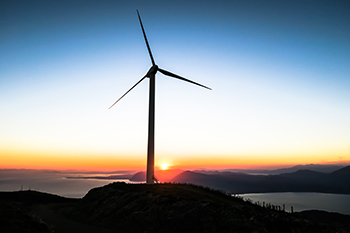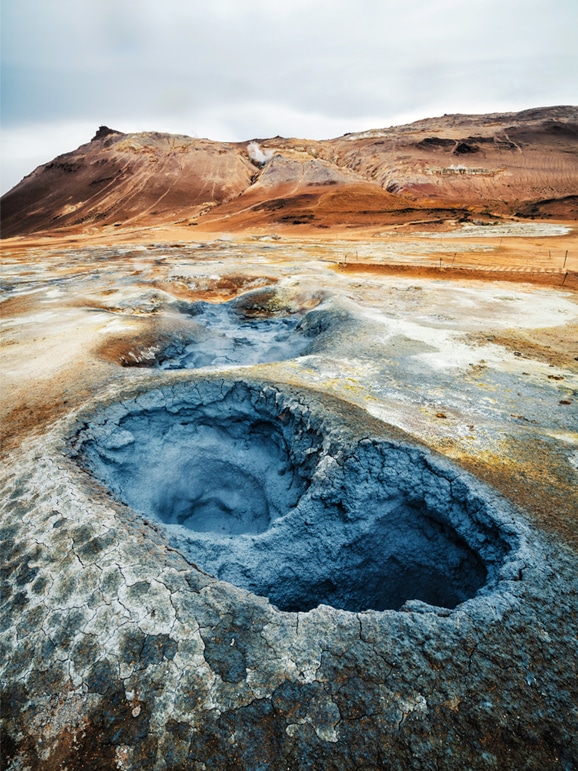
- Home
- /
- Geothermal Technologies
GEOTHERMAL TECHNOLOGIES
Geothermal energy is a clean, renewable resource
Geothermal’ literally means ‘Earth’s heat, which is estimated to be 5,500 degrees centigrade at the Earth’s core – about as hot as the surface of the sun.
Geothermal energy is a clean, renewable resource that can be tapped by many countries around the world located in geologically favourable places.
Geothermal energy can be harnessed from underground reservoirs, containing hot rocks saturated with water and/or steam. Boreholes of typically two kilometres depth or more are drilled into the reservoirs.
The hot water and steam are then piped up to a geothermal power plant, where they are used to drive electric generators to create power for businesses and homes.
Geothermal energy is considered a renewable resource because it exploits the Earth’s interior heat, which is considered abundant, and water, once used and cooled, is then piped back to the reservoir.
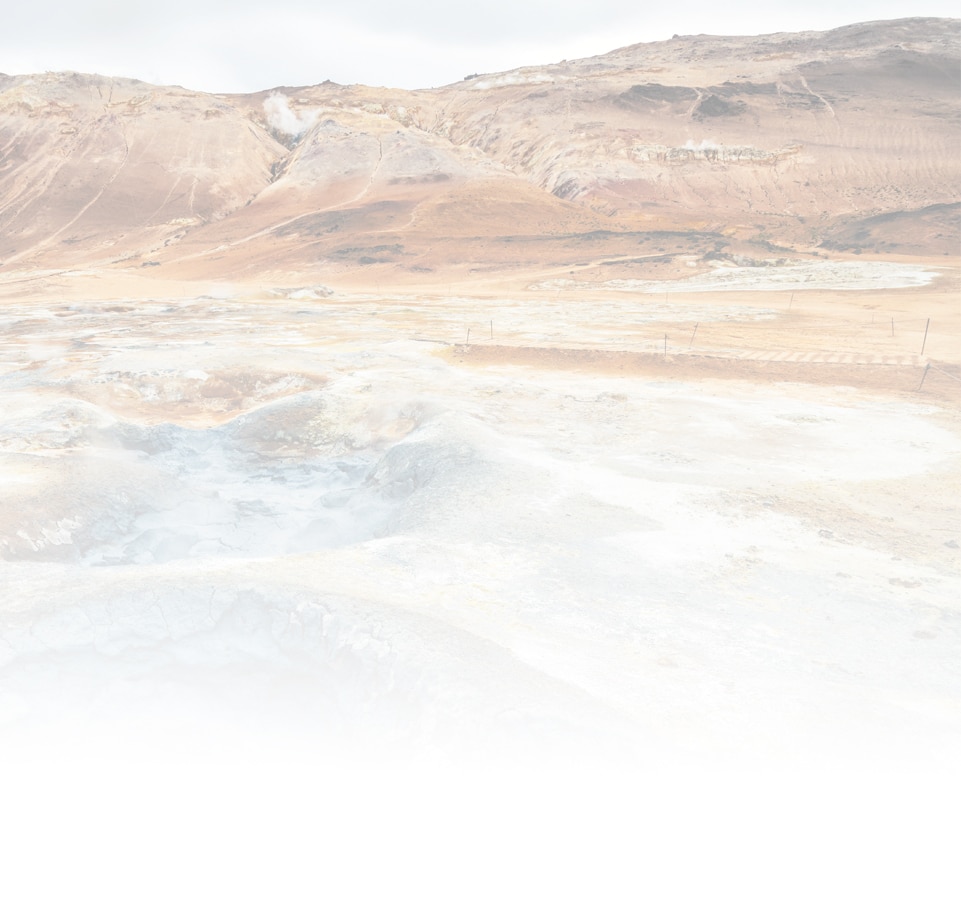
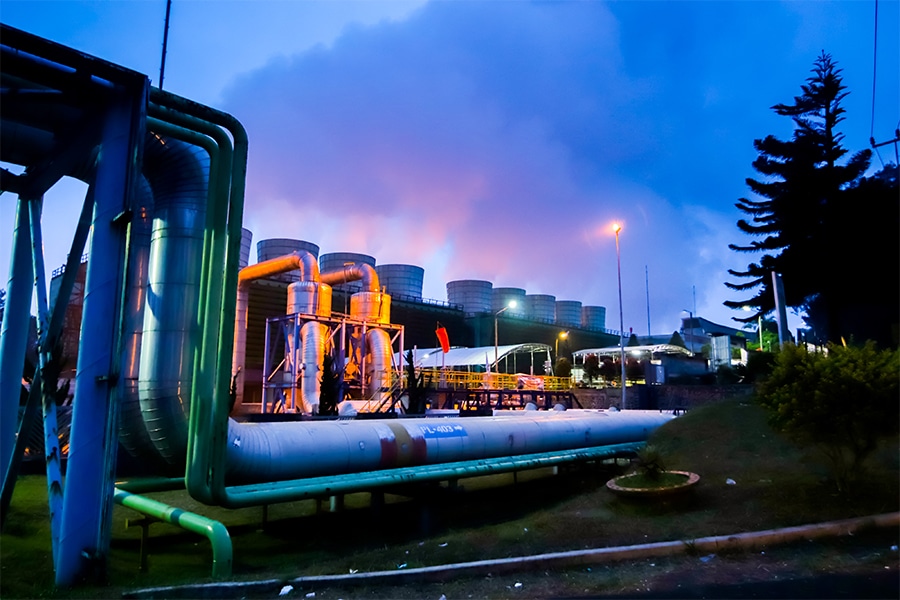
Geothermal energy can be utilized for electricity generation and for various other types of heat direct use applications, e.g. heating purposes, fish farming, bathing etc. Compared to other renewable energy technologies, geothermal is unique as it provides a base-load alternative to fossil fuels-based electricity generation, but can also replace those used for heating purposes.
High-temperature geothermal resources are most important for electricity generation (temperatures greater than 150 degrees Celsium), while medium-to-low temperature resources (below 150 degrees Celsium) are suited for many different types of applications utilizing heat.
The classical Lindal diagram provides a good overview of the typical utilization forms of geothermal energy by temperature ranges. (the diagram, reference and some explanations can be found in >>this website<< of the Northern Arizona University)
Direct Use:
- ells drilled into a geothermal reservoir produce hot water and steam from a depth of up to 3 km
- The geothermal energy is converted at a power plant into electricity
- Hot water and steam are the carriers of the geothermal energy
- Applications that use hot water from geothermal resources directly
- Examples: space heating, crop & lumber drying, food preparation, fish farming, industrial processes etc.
- Historical traces back to ancient Roman times, e.g. for baths & spas
Geothermal Heat Pumps:
- Taking advantage of relatively constant earth temperatures as the source and sink of heat for both heating and cooling, as well as hot water provision.
- One of the most efficient heating and cooling systems available
Hot Drock/Enhanced or Engineered Geothermal System (EGS):
- Extracts heat by creating a subsurface fracture system to which water can be added through injection wells
- Water is heated by contact with the rock and is pumped back to the surface through production wells
- Energy is then converted at a power plant into electric energy as in a hydrothermal geothermal system
- While there are some projects using the technology, it cannot be considered proven (on an industrial scale).
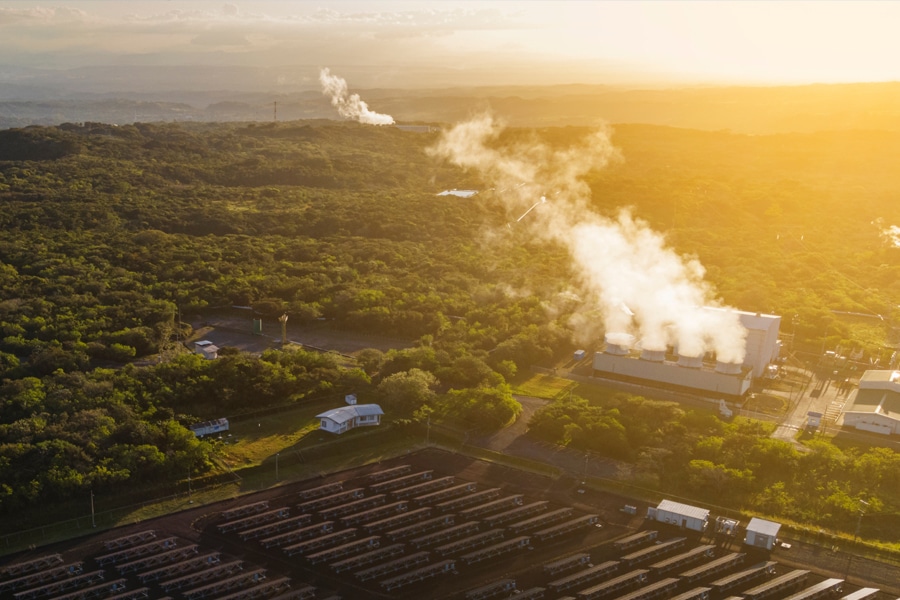
Depending on the characteristics of the geothermal resource, e.g. based on resource temperatures, electricity generation takes either place in conventional steam turbines or binary plants. The earliest plant known to have generated electricity from geothermal is an early installation at Lardarello in Tuscany, Italy in 1904.
“Conventional steam turbines require fluids at temperatures of at least 150 degrees Celsius and are available with either atmospheric (back-pressure) or condensing exhausts. Atmospheric exhaust turbines are simpler and cheaper. The steam, direct from dry-steam wells or, after separation (of water from steam), from wet wells, is passed through a turbine and exhausted to the atmosphere. With this type of unit, steam consumption per kilowatt-hour (kWh) produced is almost double that of a condensing unit.
The condensing units, having more auxiliary equipment are more complex than the atmospheric exhaust units, and the bigger sizes can take twice as long to construct and install. Condensing plants with a capacity of 55 to 60 MWe are very common, but plants of 110 MWe have also been constructed and installed.” (source: Dickson/ Fanelli, 2006)
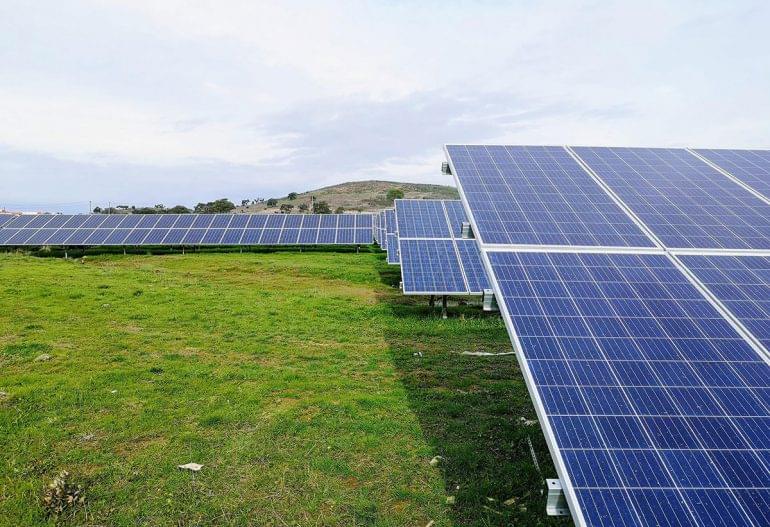
UN Organizations Launch Clean Energy Plan
Against the backdrop of a global energy crisis and worsening climate emergency, today the UN …
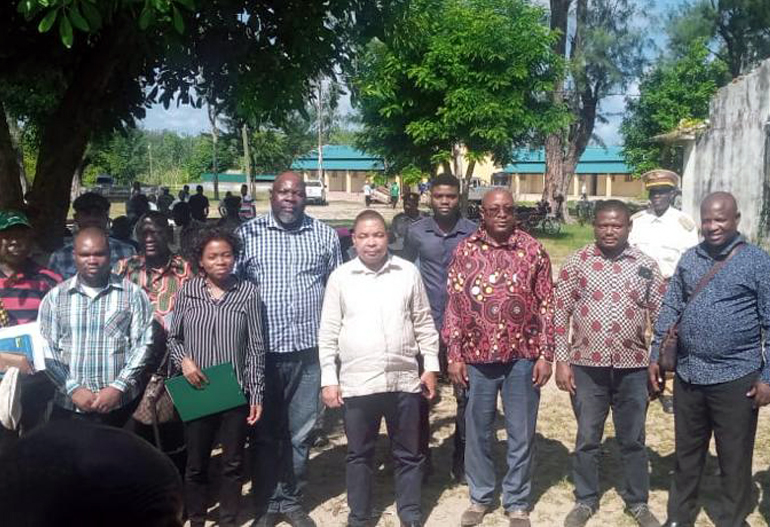
iHAT Africa Public Announcement
iHAT AFRICA intends to develop and integration project for poultry production and renewable energy generation in the town ofZalala.

Geothermal Energy Production & Utilisation
Geothermal energy can be found all over the world, how feasible its utilisation is…

‘First-of-its-kind’ study to test geothermal energy
Geothermal is a type of renewable energy taken from heat that comes from the earth’s subsurface, ..
iHAT collects and shares reliable information from various sites including , IREANA International Renewable Energy Agency →
